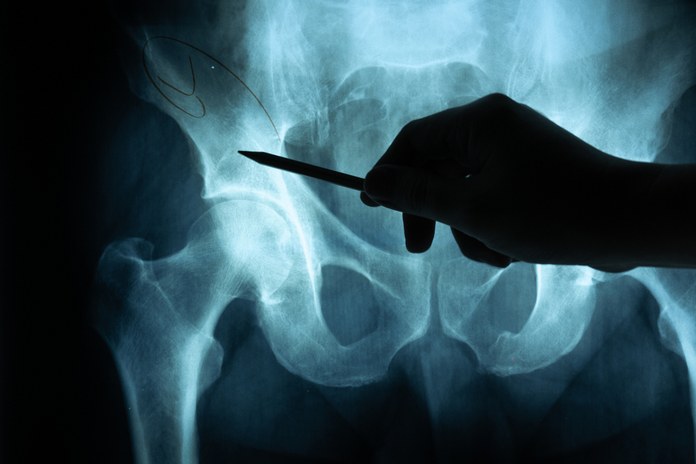Imaging Tests to Diagnose Hip Pain

Sometimes a medical history and physical exam are enough to diagnose hip pain. But doctors may also need to confirm the diagnosis using imaging tests. For example, when you have a fracture, it is important that your doctor does an x-ray of the area. This helps them determine whether you need surgery, medication, or if you will be all right with conservative treatment and physical therapy. Radiographs are also useful to diagnose a dislocation, and two views are usually required: anteroposterior and lateral.
But doctors can also come across other health problems such as muscle strains and other soft tissue abnormalities. In such cases, they may opt for ultrasound technology to examine how the muscles around the joint work. The goal here is to check how the muscles work, how their tendons move, and whether there is a loss of continuity in their structures. Ultrasonography is the method of choice to diagnose or confirm bursitis. It is also very sensitive to identify joint effusions. If you’re receiving injections or fluid aspirations, they are often performed with ultrasound guidance. Ultrasound is an inexpensive alternative but has a drawback because the accuracy depends on the expertise of the technician or doctor that performs the test. Thus, it is very important to look for skilled professionals with experience diagnosing joint problems through ultrasound technology.
In addition, doctors can also use MRI machines to examine the joints and nerve tissue. This test will help show the exact location of any damage. It is more accurate to diagnose neurological sources of pain if there are suspicions of a pinched nerve or referred pain. MRI tests are not often used and are reserved for complex cases of hip pain when the symptoms keep coming back or do not respond to the treatment.

